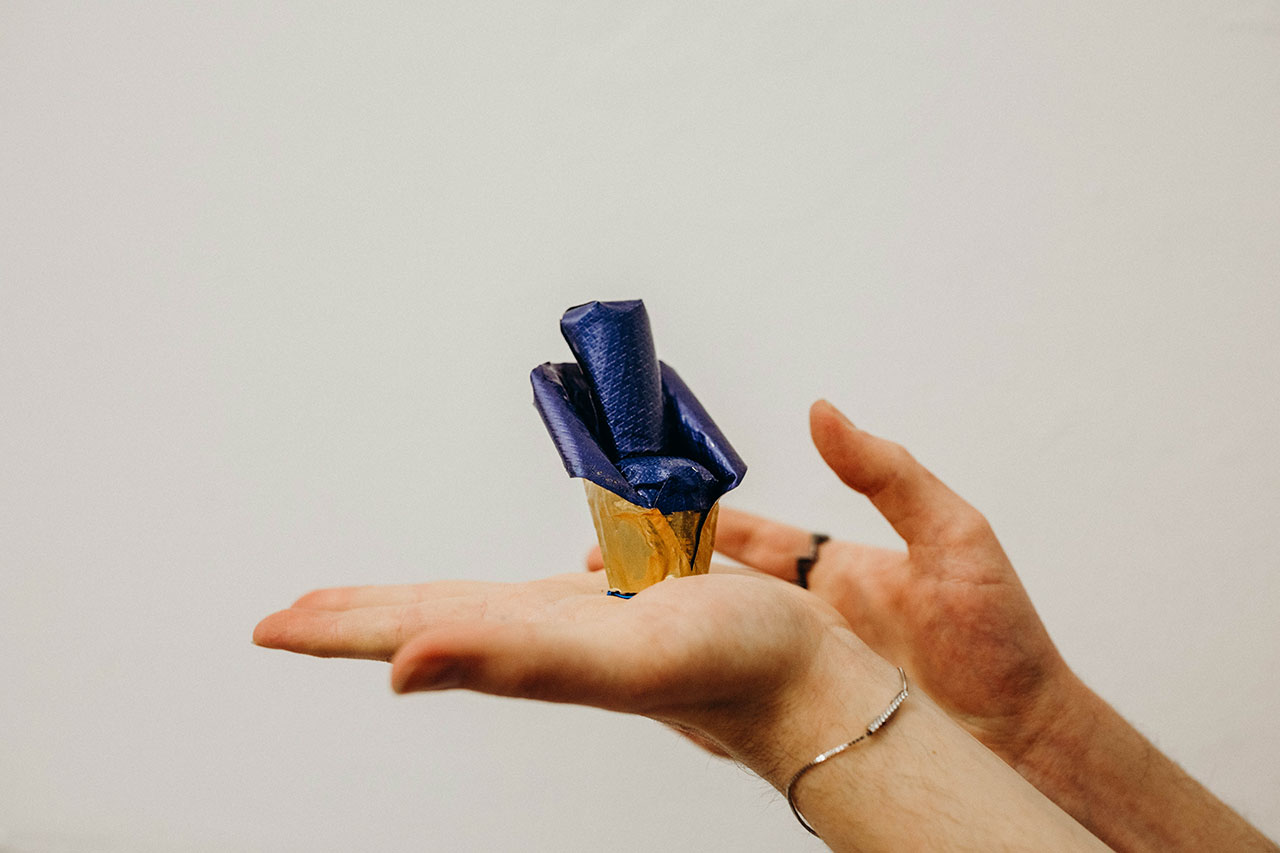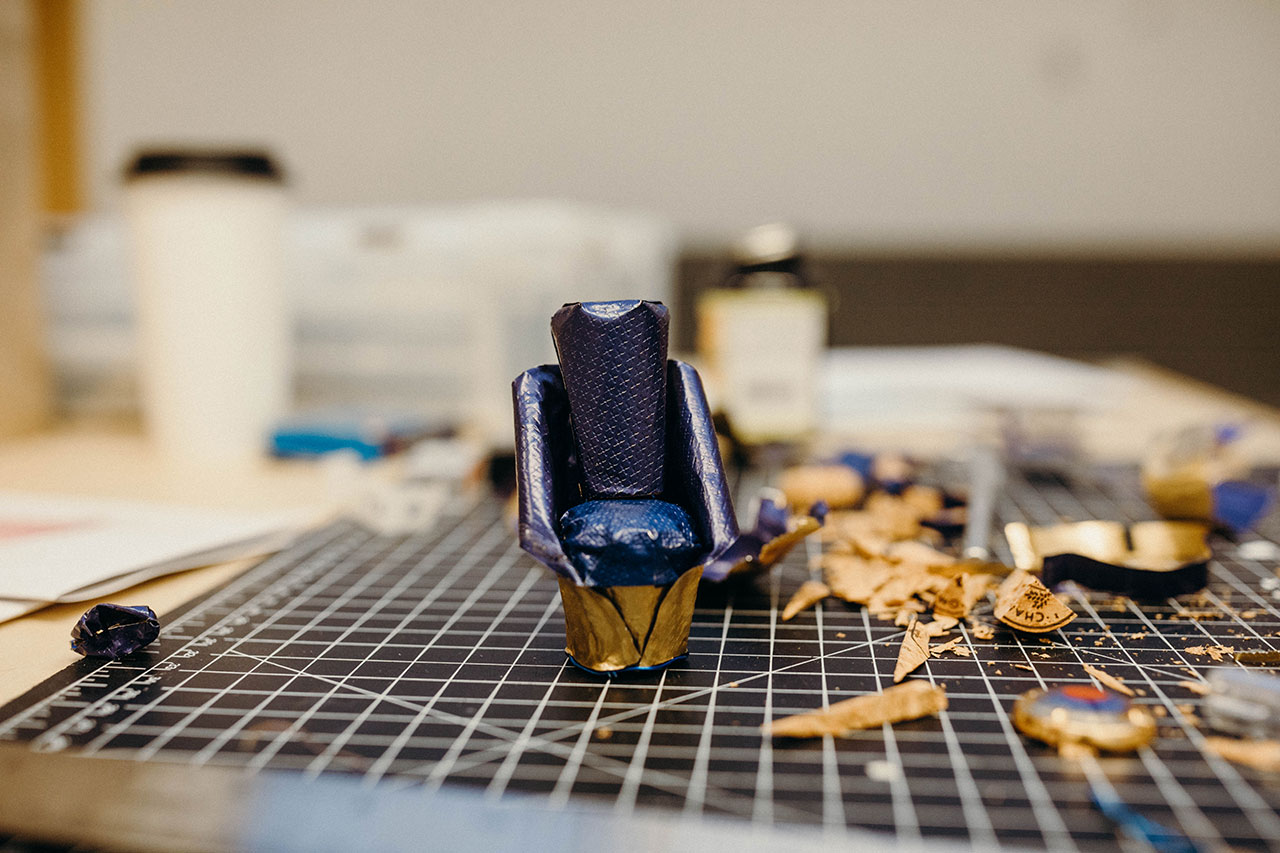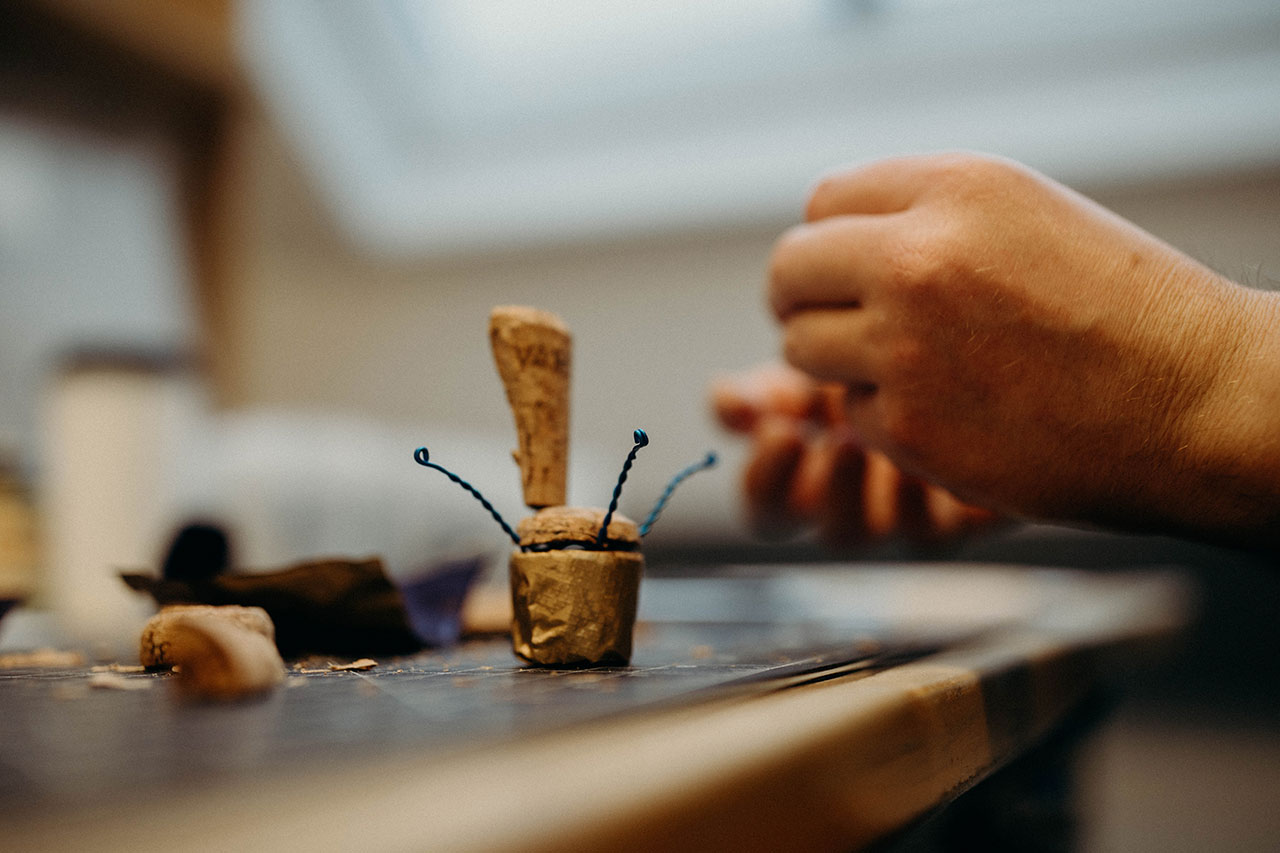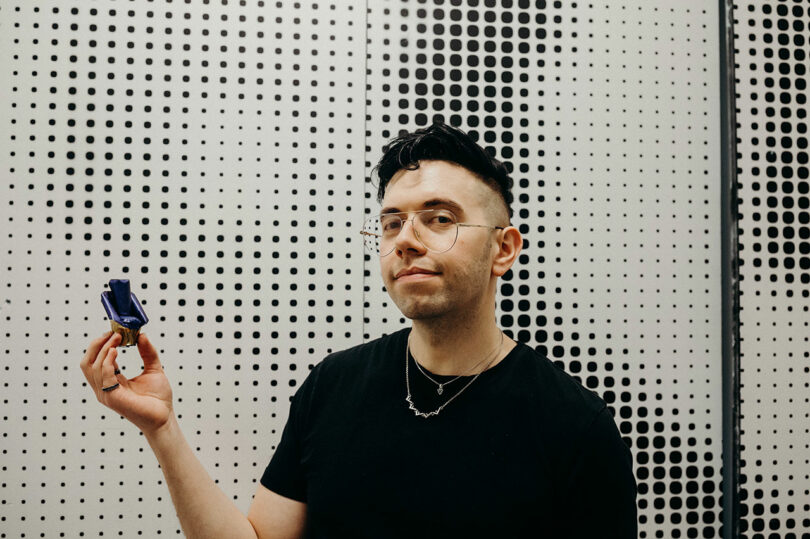Architects are inclined to believe that they can design anything and everything – often with reckless abandon – so when I was invited to participate in Design Within Reach’s (DWR) Champagne Chair Contest, in partnership with Pommery, I knew I had to do it. But to avoid falling victim to the same hubris, or producing a chair that looks like it was plucked from the screen of commercial software, I made a visit to my alma mater at Syracuse University to thumb through texts in the School of Architecture’s proprietary reading room where I first fell in love with periodicals while working for a storied specialty librarian. Leaning into nostalgia, I unpacked my original studio kit and set up shop in the building where I made some of my fondest memories and the most exceptional of friends – thank you to the school for letting me have my moment, again.
This years marks the 20th anniversary of DWR’s now philanthropic event. Makers and purveyors of iconic home furnishings, they challenge the public and invitees alike to create miniature iconic chairs from a short list of champagne bottle materials. Participants of this competition may enter in one of three categories: most original design, best likeness to an iconic design, or Pommery prize for the design that uses the novel materials provided – I chose the latter of the three.
Managing Editor Joseph Sgambati III’s Champagne Pomery model chair submission for Design Within Reach’s (DWR) 2023 Champagne Chair Contest \\\ Photo: Kollina Dacko
In the spirit of Beaux-Art tradition, I approached the task as a charrette where students are presented a creative brief and meant to ideate, iterate, and bring their concept to fruition within the allotted time. The kit contained packaging from Pommery including two of each caps, wrappers, corks, and the stickers from fresh bottles of their champagne – all of which must fit within a 4″ x 4″ x 4″ volume once assembled into a miniature chair.
The process took roughly five hours from start to finish, but the best decisions weren’t made until the very end when I had no choice but to trust myself and produce. The first challenge was carving “cushions” from the corks to create the sculptural forms that give the chair its visual weight – a back that is tall and broad before tapering to meet the seat. The foil wrappers serve as two-tone upholstery to provide a bold body in contrast to a bright, reflective base from which the upper portion blossoms, and in some cases, appears to float. It is a completely self-supporting structure made from the cages that not only secure various sections together, but also articulate trim around the base. And the curling treatment, which fashion foil arms, is the final embellishment imbuing the chair with a classical sensibility – contemporized twin volutes borrowed from the ionic order.
Like most studio projects, what began with a seemingly clear vision, and the accompanying sketches, was soon turned upside by the process. I could not implement my original plan, nor could I properly manufacture the elements as I had imagined – in part because I failed to bring the correct blades, glue, or pliers. But if you’re doing it right, design should be a mixture of challenging, rewarding, and humbling. This unique shared experience is a peek behind the curtain and all that goes into thoughtful making, which our throwaway culture desperately needs. “The contest provides our community a place in the larger design conversation. It’s not pretentious or exclusive,” says Omar Nobil, VP of Product Design and Brand Creative for DWR. “Anyone can enter, and every concept is accepted. Design is universal, and we want to make it accessible through this fun and festive initiative.”
In the liminal space between an initial confidence in my craft and later relinquishing of control to the material, I was reminded how cathartic making can be. For many, creativity is an affliction, a need to exercise an idea where relief only comes once it is fully realized. But to arrive at that place requires oneself to embrace the potential for failure, something I was often unable to do during my studies. Once I stopped treating everything as precious I was able to tap into the ingenuity and resilience my education helped me access long ago.
For each entry, MillerKnoll Foundation donated $50 (up to $20,000) to United States Artists, a nonprofit that supports and celebrates their essential role in society. To read more about the competition and see previous entries visit dwr.com.
Photography, video, art direction, and light cajoling by Kollina Dacko.
This post contains affiliate links, so if you make a purchase from an affiliate link, we earn a commission. Thanks for supporting Design Milk!















































































